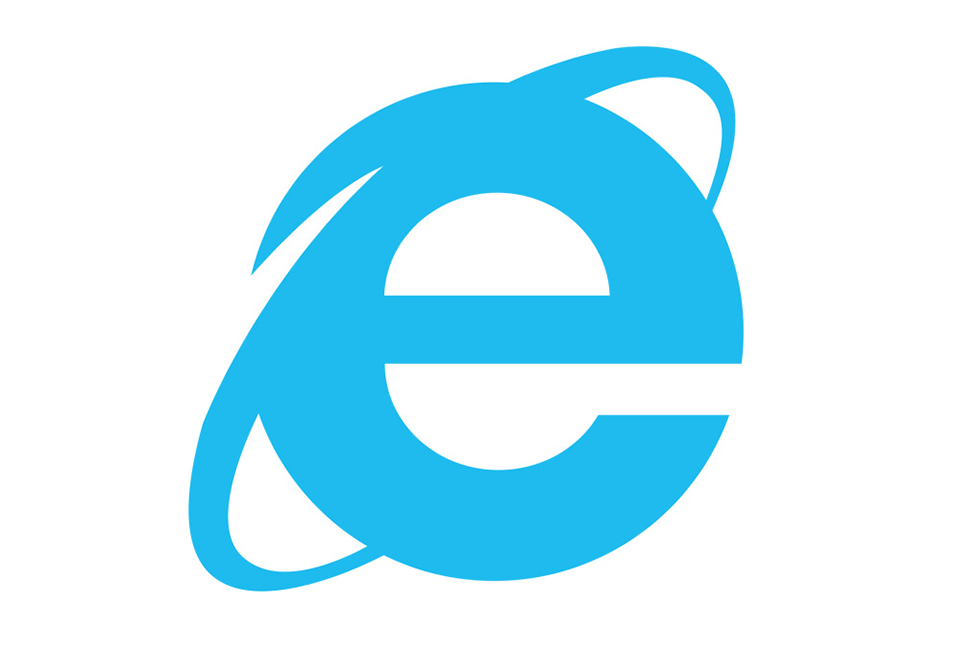“The argument that art or culture is valuable only when it is monetised is a dangerous one.”
Art schools are at the forefront of the sustained attack on humanities that Marina Warner has written so brilliantly about. One of the slogans of those occupying Central Saint Martins is simply this: “We’re an art school not a business.” Languages, humanities, social sciences and particularly arts are subject to huge losses in funding and are expected to do just this: become businesses. This is the only model that our politicians understand. Hence we keep being told that the creative industries do employ lots of people. Every film made here requires carpenters and electricians and so on. The argument that art or culture is valuable only when it is monetised is a dangerous one. A false dichotomy between science and art has been set up – first by Labour with the Browne review, and now amplified by the Tories. So Stem subjects (science, technology, engineering, and mathematics) are seen to be financially viable. Which of our ministers has a degree in maths or science I wonder?
—Suzanne Moore, The Guardian





